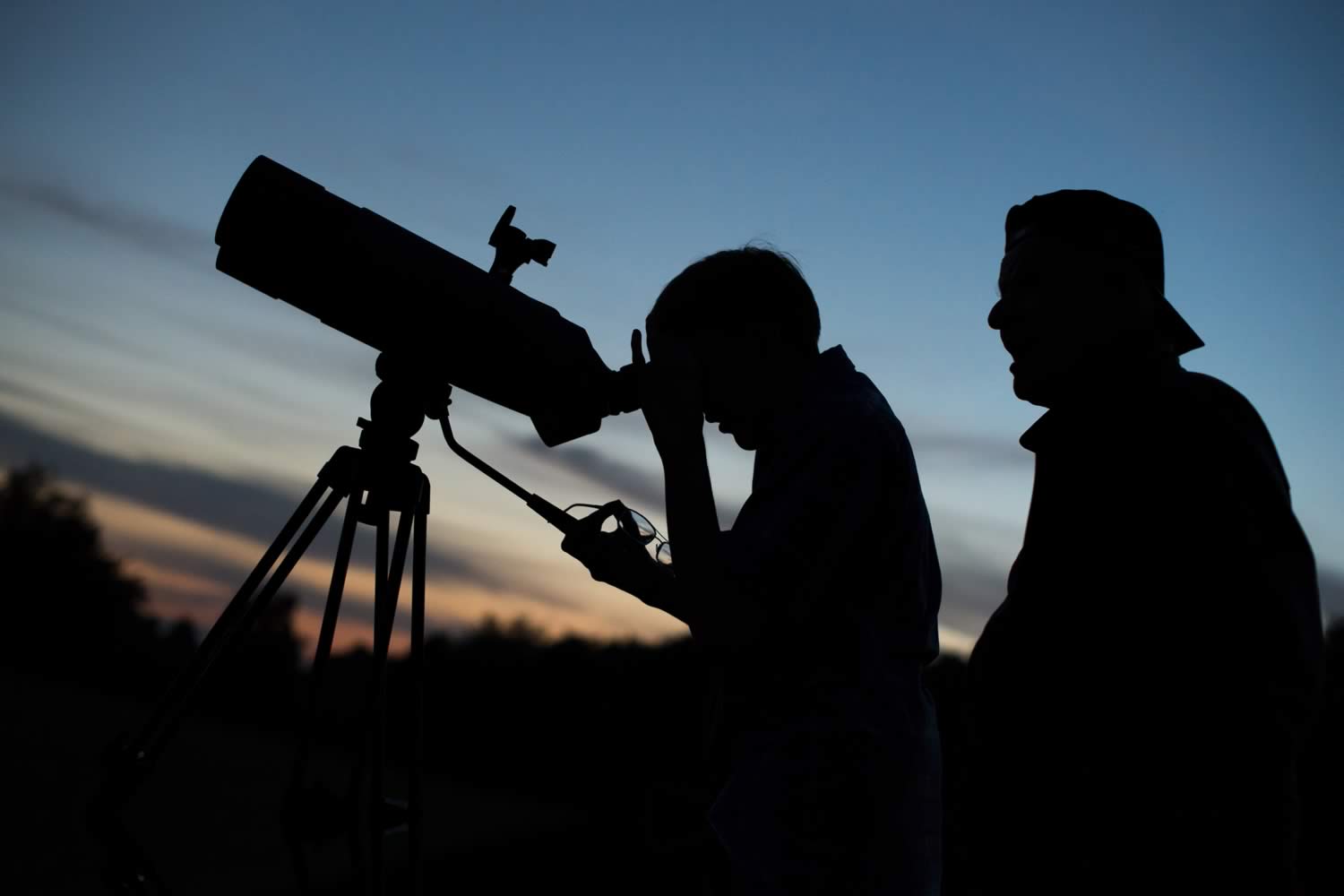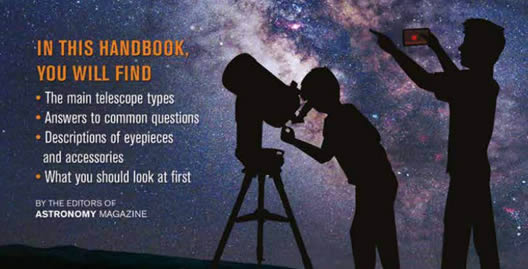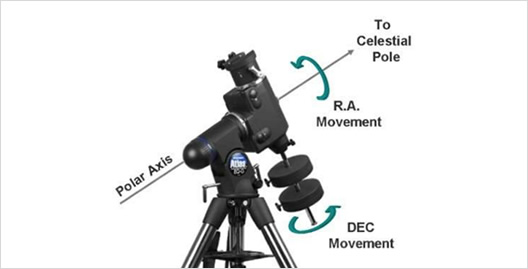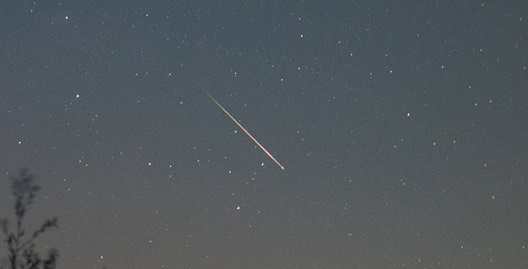







We have some great astronomy resources for you. Choose from a selection of equipment and sky guides.
Need help with your equipment? We have put together some useful guides to help you getting your equipment setup and finding objects in the skies.





Below are a few useful guides including our monthly sky guide.

These guides are some of the cool things that UK Astronomy have found around certain constellations. You can download these to your phone or iPad and take them
with you on your stargazing adventures. We add new items and information regularly, so keep checking for new additions. Happy Hunting!
Click or tap on an image to expand a larger view.